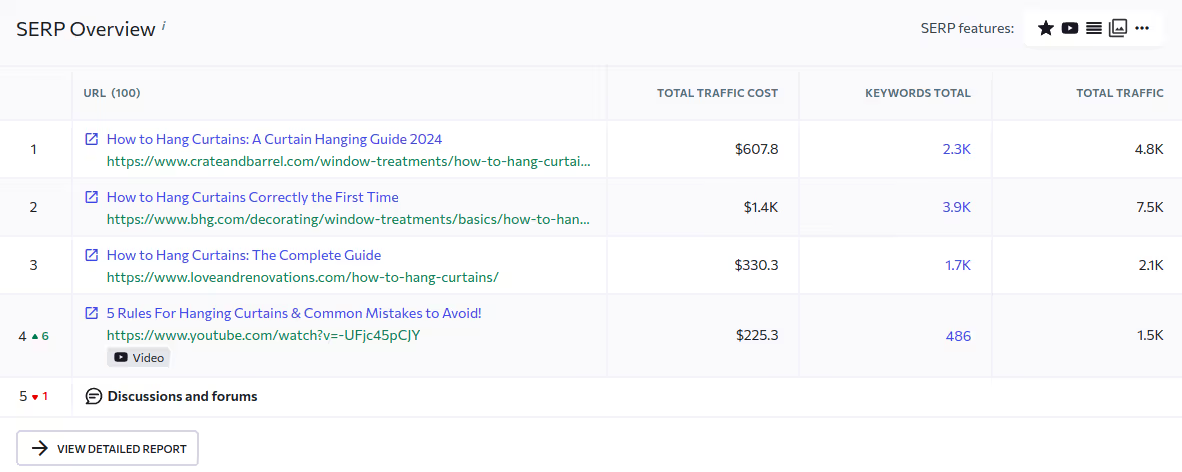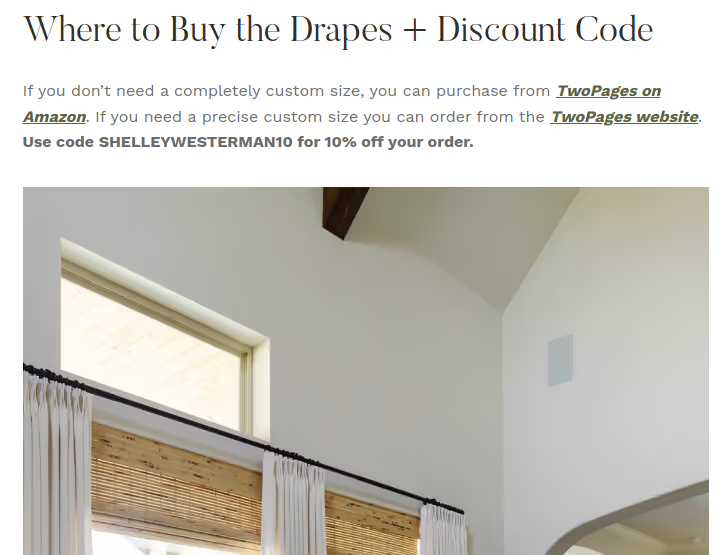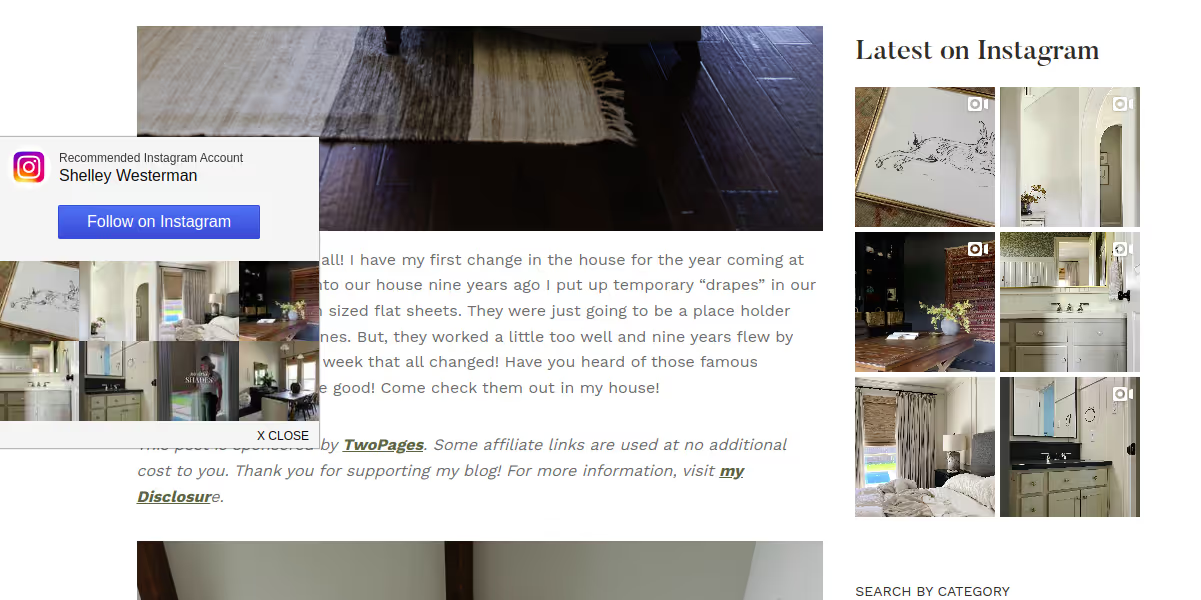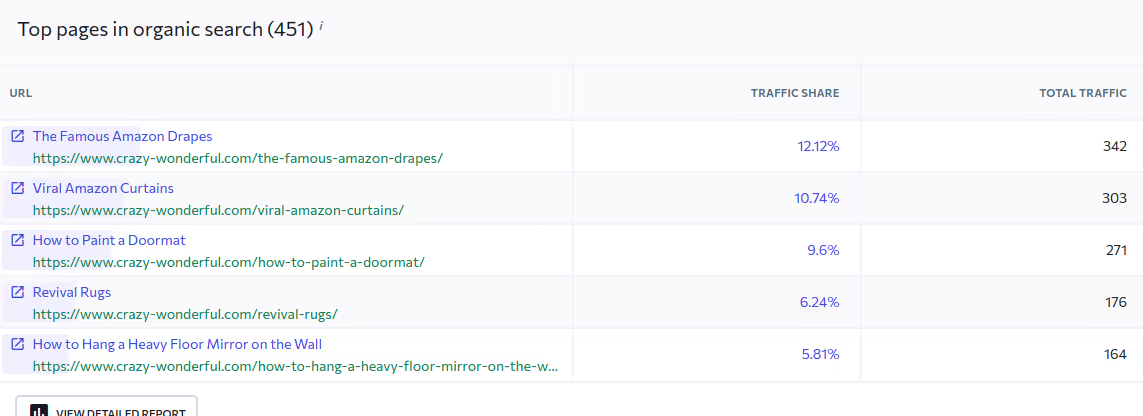Do you excel at content and digital marketing in general but don’t want to start an ecommerce store? The best way to make money outside of employment is to build an Amazon affiliate website.
With this form of marketing, you build a website, create content about products, and earn commissions on sales. Hundreds of companies offer affiliate partnership programs, from SaaS software to luxury brands. However, many require you to have an established site, so it’s easier to start selling Amazon products.
It’s easy to set up an affiliate site, even college students do that. Affiliate marketing is also very profitable - 56% of programs increased profitability during the pandemic crisis.
The downside is that the niche is very competitive. This guide will walk you through all the basics to help you achieve profitability faster.
What is an Amazon Affiliate Website?
Let’s start with exploring the concept of the Amazon affiliate website. Typically, an affiliate website is an informational website or a blog. It hosts content involving the affiliate products and their usage.
For instance, if you want to sell curtains, you could write articles about the best types of home decor, guides on home decoration, or explain where to buy curtains like in a popular TV series.
In those articles, leave affiliate links to the products on Amazon. When your website visitor makes a purchase within 24 hours of clicking the link, you get paid a commission.
With Amazon, this commission is a flat fee that ranges from 2% to 6%.
How to Build an Amazon Affiliate Website
To build a successful Amazon affiliate store, you need a bit more than a domain name and a website builder. You must have a strategy.
Here are the seven steps you need to take to create one.
Choose a Niche
The first step is to choose the niche you’ll work with. This step is the most important. If you pick a niche that doesn’t work out for you, you’ll have essentially wasted your efforts.
It’s best to take the time to come up with a list of niches that might work for you and research them.
A good niche is one that:
- You have a lot of knowledge of or are willing to learn
- Has a decent commission rate and price
- Has competition that you can confidently beat
Start your research by creating a list of products you’re familiar with. If you’ve used similar products, you can create better content about them, provide better insight for the readers, and ultimately, stand out among other affiliates.
Then, register as an Amazon affiliate and learn about commission rates for different types of products. You want to focus on the ones that cost more and have a higher affiliate fee—this way, you maximize your commission.
Finally, do some SEO research to understand what the competition is like in the niche. Use a tool like SE Ranking Competitor Checker to find what keywords people use to find information about products in the niche.

Then, assess competitors you have for the most prominent keywords, what keywords they cover, and how they write about them. Visit the articles from the SERP analysis and see how your competition handles affiliate content.

If you find that a niche has a decent affiliate commission, and you’re pretty sure you can create better content than the competition, go for it.
Select Hosting Service Provider
Next, choose a good hosting company. Your Amazon affiliate store will be hosted on its servers, so your success depends on its quality.
A good hosting provider for affiliate companies:
- Loads fast
- Has a content distribution network
- Has good bandwidth
- Has impeccable uptime
- Has fast customer support
- Can scale your project fast
The last point is especially important for a beginner affiliate. You want to build an Amazon affiliate website with a small sum of money, and saving on a hosting service is important at first as it lets you minimize investment. Having a hosting company that can quickly scale with your affiliate site’s growth ensures you can progress effortlessly.
Decide on the Domain Name
Next, find a suitable domain name. There are a couple of approaches you can follow.
The first option is to create a name that can become a brand. A unique name that no other site has.
The obvious drawback is that no one will understand what your site is about from its name. But if you’re willing to work on branding, it’s a good choice. This way, once your affiliate Amazon website grows, people can google your brand name instead of bestcurtaindeals.com.
The second option is to find a domain name that includes a keyword. A name like bestcurtaindeals.com would be great for this approach. Having a keyword in the domain name might help it rank better.
The drawback is that it’s essentially useless for branding and sounds very generic.
The third approach is to take an existing domain name. You can find a domain with a domain name related to your niche that the previous owner has stopped paying for. This way, you can pick up the branding and the previous owner’s SEO investments.
If you’re doing this, check the domain in the Wayback Machine to make sure there wasn’t any illicit content on it before.
Pick a Theme and Build the Website
Now that you have a hosting and a domain name, pick a good-looking theme and create a basic website.
You can build an Amazon affiliate website that is really barebones. All you need to start is a home page that explains what you do, an affiliate disclosure, and a blog.
If you want to make your affiliate content more than just a blog, find a plug-in that can help you create informative comparison tables or review templates.
Build Content Strategy
Next is building a content strategy. To do this, you’ll have to do plenty of keyword research.
Find keywords that Google users use to find products and information in your niche. The transactional keywords, the ones used to find products and make a purchase right away, are probably flooded by product sellers themselves. In turn, focus on the commercial and informational keywords.
Find them with a tool and compile them into a list. In the case of curtains, you’ll probably end up with commercial keywords like “best curtain choices 2024” and informational ones like “how to hang curtains without a rod.” Divide them into similar groups and use them to create blog topics.
From a couple of days of research, you’ll likely get more than a hundred blog topics complete with keywords.
Craft Engaging Content
With the content strategy ready, start crafting content. Use keywords from your research to optimize your content, but keep in mind that your biggest focus is creating content that users want to read, share, and follow affiliate links from.
To do this, provide more value to your readers than your competition. This can mean writing comparison posts about more items, going deeper into reviewing each item, or providing a handy visual way to view the comparison.
Whatever the user is looking for, give them more of it. Make an educated guess on what they’re after by looking at the top three pages in SERP for the target keyword.
Work on SEO
Finally, as you go through the content backlog, perform SEO. Here’s what you want to do.
- Run a Lighthouse test and make sure your site loads fast.
- Add keywords to the pages that target them.
- Avoid using duplicate titles and meta tags.
- Build links from industry blogs.
These four should cover the basic SEO you’ll need in the first couple of months.
Secrets to Make Amazon Affiliate Site Successful
It’s easy to build an Amazon affiliate website. This is part of the reason so much competition is rooted in this marketing niche. Reaching success with affiliate marketing is a bit more complicated, especially now with all the competition being around.
Three key factors can make or break affiliate success.
The first factor is research. Spend months researching different Amazon affiliate niches before committing to one. Since the competition is high and your time and efforts are limited, you want to be sure you’re investing them in the right place.
If you’ve done your research and are confident in the niche, you've reached half of it.
The second factor is providing value to the customer. Thousands of Amazon affiliate sites linger out there, and most are done sloppily. The owner wants to spend as little effort on the site and just pushes the products without explaining why a user might want to buy them first.
If you care about your users and create content that helps them with the problems they have, you already outperform many competitors.
The final component is analysis. If you want to learn to succeed, you’ll need to learn how you fail. Use Google Analytics and Amazon affiliate platforms to understand what tactics bring in more affiliate revenue. Experiment and improve your site and content strategy based on real-world data, and you’ll have a profitable Amazon affiliate website.
Achieving Sample of Amazon Affiliate Store
Understanding what makes a great Amazon affiliate site is better on an example. A good one for the niche we’ve talked about in this article is Crazy Wonderful. Starting with the name, it’s a branded domain that doesn’t include a keyword.
The pages are optimized for SEO and show a nice picture and a TOC in SERP, which helps them with the click-through rate.

The article on this Amazon affiliate niche site shows exactly what the readers are interested in—high-quality photos of the product in a home. It offers multiple affiliate links and provides a discount code for the readers.

This Amazon affiliate store also incorporates other channels and gives multiple opportunities to subscribe to their Instagram page.

The website is estimated to have 3,000 monthly traffic from a mix of commercial and informational pages. Most of the traffic comes from a small group of best-performing articles.

To see more examples, simply google “your niche + Amazon” and check out the websites that appear there.
Summary
Affiliate marketing is an industry that is easy to start and hard to come out with profit. But by following this guide, you can outperform most competitors, especially the ones just starting out without experience. Pay attention to the initial research phase, create content that helps users, and analyze your performance. These three elements of affiliate strategy will help you create a successful niche affiliate website.










